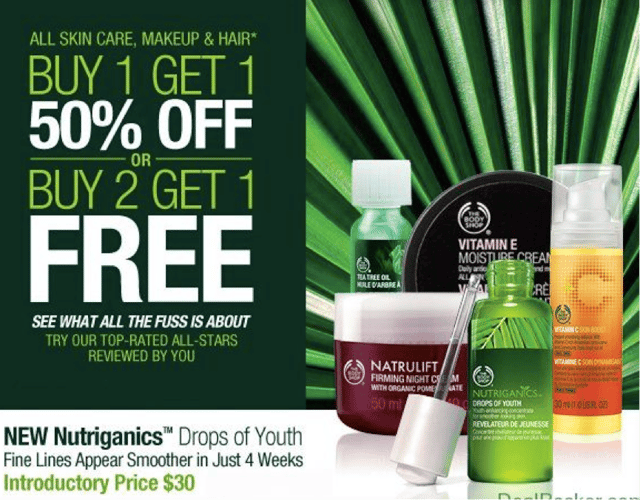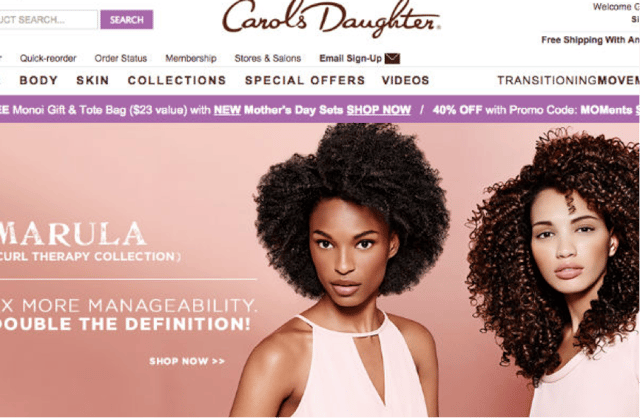There’s a really good reason why behavioral targeting is so powerful: It’s because behavioral targeting revolves around pure logic. Ultimately, it’s easier to sell to a warm and engaged audience than it is to clinch the deal with strangers.
By advertising to targets who have previously shown an interest in your website, you’re automatically being more relevant. You’re reducing guesswork. Your chances of yielding a return on your marketing investment have instantly improved.
But this isn’t an article about behavioral targeting. Instead, this post is about what behavioral targeting stands for. Because, really, marketing success depends on your knowledge of consumer behavior.
There are many types of marketing.
You’ve got more strategies at your fingertips than you’ll ever have time to master. But the issue isn’t really which form of marketing you pick. It’s more about how prepared you are.
- Do you know your product or service inside out?
- What do you understand about your target audience?
- Where does your ideal customer hang out?
- How does your product meet the demands of the consumer?
- What is your brand image in your market?
When you know the answers to these questions, you’ll be able to execute a more effective marketing strategy. Once you’re aware of how consumers behave in your niche, you’ll be better informed on pricing, packaging, positioning and so on.
Just look at what’s going on in a retail environment.
Successful businesses study consumer behavior intensely. Anyone involved in trade marketing or shopper marketing knows what makes customers tick. From product displays to shelf space, sales patter to discounts, nothing is left to chance.

Want to squeeze even more value from knowing consumer behavior information?
Then appreciate the benefits of accurate segmentation as well. Communicating different messages to separate sections of your market will also reap rewards. The biggest brands understand this well; they don’t try and be all things to all people.
Take McDonald’s and L’Oreal as examples. Both take ethnic marketing to a new level, showing that they understand that we’re not all the same. McDonald’s commitment to multicultural marketing earned them a Marketer of the Year title at the 2014 AHAA Conference.

Meanwhile, as a company in the beauty industry, L’Oreal spotted a number of untapped opportunities. By understanding consumer behavior and diversifying their marketing collateral, L’Oreal have found a winning idea.

So confident of their strategy, L’Oreal are aiming to attract a staggering 1 billion new customers by 2020. But the point is, McDonald’s and L’Oreal haven’t just stumbled on these initiatives. They haven’t just plucked these agendas out of thin air. They’ve studied what consumers are doing. Their market research has indicated that people have a demand for certain products that isn’t being met. Call it consumer behavior. Call it data. It doesn’t really matter. It’s just information.
Essentially, the lesson is clear.
Knowledge is power. As humans, we all have a tendency to react in fairly predictable ways. The trick is to study the different psychological elements that affect your audience and work out who does what…… and why.
In addition, we should accept that we all like and dislike different things. As such, we should all be marketed to differently, too.


